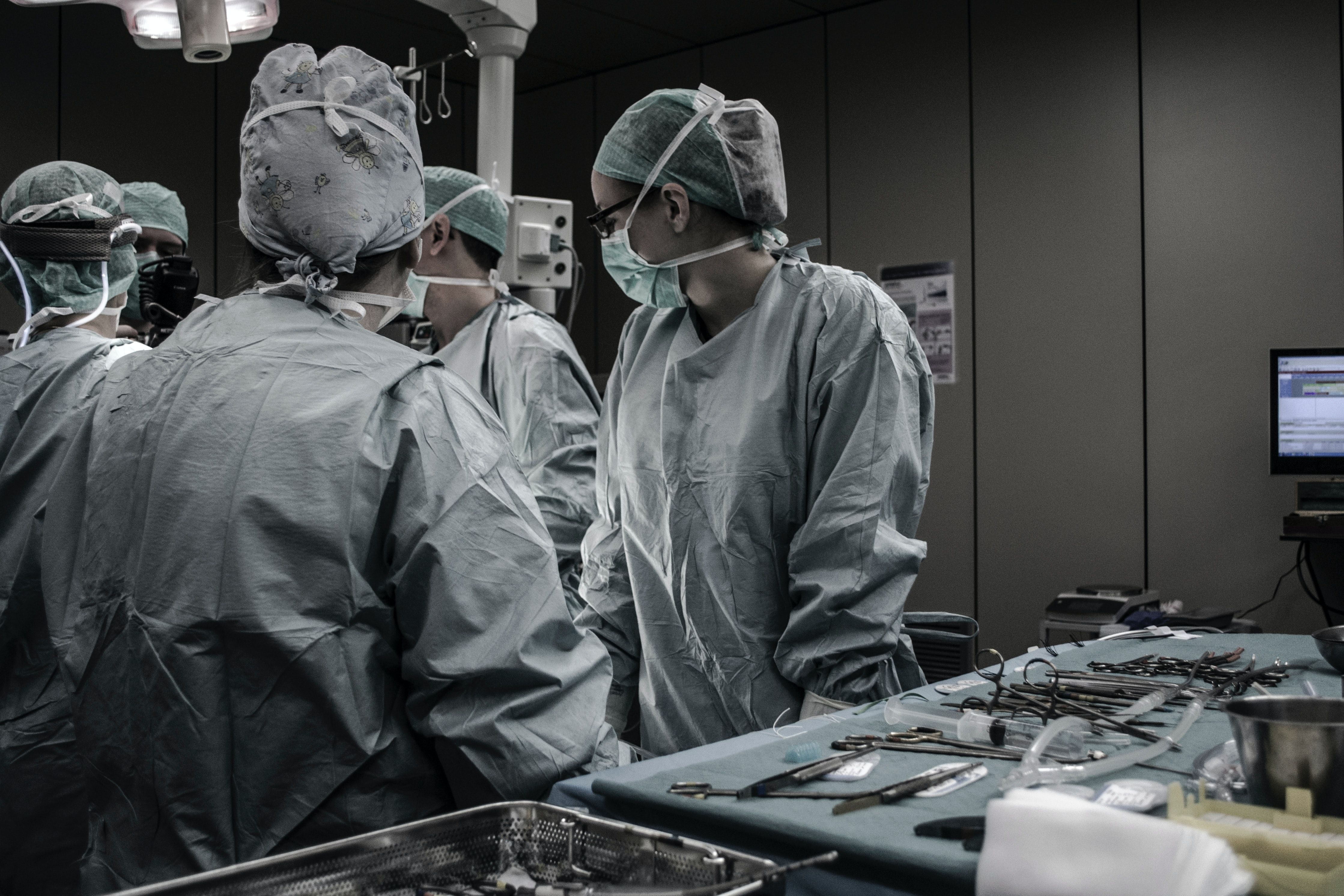Machine Perfusion Drops Complications for Liver Transplants
Nonanastomotic biliary strictures occurred in 6% of the patients in the machine-perfusion group, while the complication occurred in 18% of the control group.

While liver transplantation from donors who died from circulatory disease is often linked to an increased risk of nonanastomotic biliary strictures, hypothermic oxygenated machine perfusion of livers could reduce these complications.
A team, led by Rianne van Rijn, Section of Hepatobiliary Surgery and Liver Transplantation, University of Groningen, University Medical Centre Groningen, compared the complications using machine perfusion or standard static cold storage for live transplantation.
The Study
In the multicenter, controlled study, the investigators randomly assigned 160 patients who were undergoing a liver transplant obtained from a donor following circulatory death to receive a liver following hypothermic oxygenated machine perfusion or after conventional static cold storage alone.
The investigators sought primary endpoints of the incidence of no anastomotic biliary strictures within 6 months after transplantation. They also sought secondary endpoints of other graft-related and general complications.
Complications
Overall, no anastomotic biliary strictures occurred in 6% of the patients in the machine-perfusion group, while the complication occurred in 18% of the control group (RR, 0.36; 95% CI, 0.14-0.94; P = 0.03).
In addition, postreperfusion syndrome occurred in 12% of the machine-perfused group and 27% of the control group (RR, 0.43; 95% CI, 0.20-0.91), while early allograft dysfunction occurred in 26% of the machine-perfused livers, compared to 40% of the control livers (RR, 0.61; 95% CI, 0.39-0.96).
The cumulative number of treatments for no anastomotic biliary strictures was lower by a factor of nearly 4 following machine perfusion compared to the control group.
In addition, the incidence of adverse events was similar between the 2 groups.
“Hypothermic oxygenated machine perfusion led to a lower risk of no anastomotic biliary strictures following the transplantation of livers obtained from donors after circulatory death than conventional static cold storage,” the authors wrote.
The study, “Hypothermic Machine Perfusion in Liver Transplantation—A Randomized Trial,” was published online in the New England Journal of Medicine.
The Need for More Organs
Recently there has been a push to increase the amount of liver transplants available, including from donors who are positive for the hepatitis C virus (HCV), but generally healthy.
In a recent study, researchers identified 24,500 donors utilized for liver transplantation between June 1, 2015 – December 1, 2018, 1887 (7.7%) of which were HCV antibody positive. Furthermore, 64.4% of HCV-positive donors were HCV nucleic acid test (NAT) positive.
However, the HCV antibody positive donors trended towards being younger (median age, 35 years) in comparison with the HCV-negative donors (median age, 40 years) and HCV positive donors had fewer comorbidities.
For example, in the positive cohort, 8.3% had diabetes—versus 12.0% in the negative cohort (P<.001). Similarly, 25.9% of HCV-positive donors had hypertension, as did 35.2% of HCV-negative donors (P<.001).
On biopsy, the positive donor allografts were less likely to have microvesicular (52.9% versus 58.3%, for negative; P = .001) and macrovesicular steatosis (53.0$ versus 63.1%; P<.001).
HCV antibody positive allografts had a lower median liver donor risk index (1.2) when compared with antibody negative donors (1.4; P<.001).